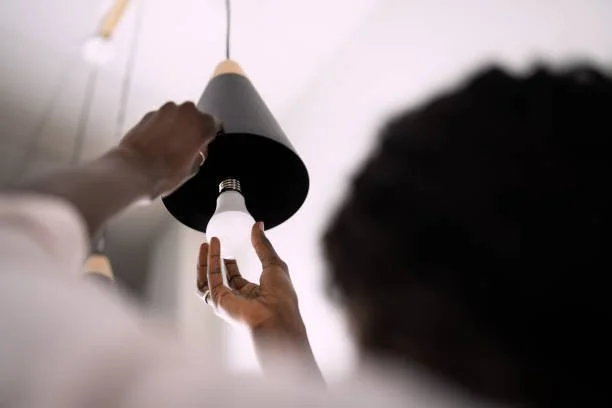Energy-Efficient Lighting Solutions: Advice from an Electrician
RH Business Marketing Solutions
In today's world, energy efficiency is not just a trend but a necessity. As concerns about environmental impact and energy costs continue to rise, homeowners and businesses are increasingly turning to energy-efficient lighting solutions. Whether you're looking to upgrade your home's lighting or enhance the efficiency of your business premises, understanding the options available can make a significant difference. In this article, we'll explore expert advice from electrical professionals on energy-efficient lighting solutions to help you make informed decisions.
1. LED Lighting: The Go-To Choice
LED (Light Emitting Diode) lighting has revolutionized the lighting industry with its efficiency and longevity. Anexperienced electrician in Big Lake, MN, recommends LED lights for their energy savings of up to 75% compared to traditional incandescent bulbs. They also last much longer, reducing replacement frequency and maintenance costs.
2. Understanding Light Bulb Labels
When shopping for energy-efficient lighting, pay attention to labels such as ENERGY STAR® and Lighting Facts. These labels provide important information on a bulb's energy efficiency, brightness (in lumens), color temperature (in Kelvin), and estimated yearly energy costs. Choosing bulbs with high lumens and lower wattage can maximize efficiency without sacrificing brightness.
3. Color Temperature Matters
Color temperature affects the ambiance and functionality of a space. For example, warmer temperatures (2700-3000K) are suitable for living areas and bedrooms, creating a cozy atmosphere. Cooler temperatures (4000-5000K) are ideal for task lighting in kitchens and offices, providing bright, focused light.
4. Dimmers and Controls
Installing dimmer switches and smart lighting controls can further enhance energy efficiency. Dimming lights reduces electricity consumption and extends bulb life. Smart controls allow you to adjust lighting remotely, schedule on/off times, and integrate with home automation systems for optimal energy management.
5. Energy-Efficient Outdoor Lighting
For outdoor spaces, consider LED fixtures with motion sensors or photocells. These features ensure lights are only activated when needed, enhancing security while minimizing energy usage. LED landscape lighting can also highlight architectural features and landscaping without excessive energy consumption.
6. Upgrading Fixtures and Retrofits
Older lighting fixtures may not be compatible with energy-efficient bulbs. Consider upgrading fixtures to accommodate LEDs or retrofit existing fixtures with LED retrofit kits. This approach retains the aesthetic appeal of your space while maximizing energy savings.
7. Daylighting and Natural Light Integration
Utilizing natural daylight through windows, skylights, and light tubes can reduce reliance on artificial lighting during daylight hours. When supplementing with electric lighting, consider daylight sensors that adjust artificial light levels based on available natural light, further optimizing energy use.
8. Consider Long-Term Savings
While initial costs may be higher for energy-efficient lighting solutions, the long-term savings are significant. LEDs consume less energy, require fewer replacements, and contribute to lower utility bills over their extended lifespan. Investing in quality products and professional installation ensures optimal performance and reliability.
Choosing energy-efficient lighting solutions reduces environmental impact, provides cost-saving benefits, and enhances the comfort and functionality of your space. They will encourage homeowners and businesses to explore the diverse options available and prioritize electrical repair in Big Lake, MN.
Ready to upgrade to energy-efficient lighting? Consult with experienced electricians at Professional Mechanical Services at (612) 655-9101 to explore customized solutions for your home or business.
